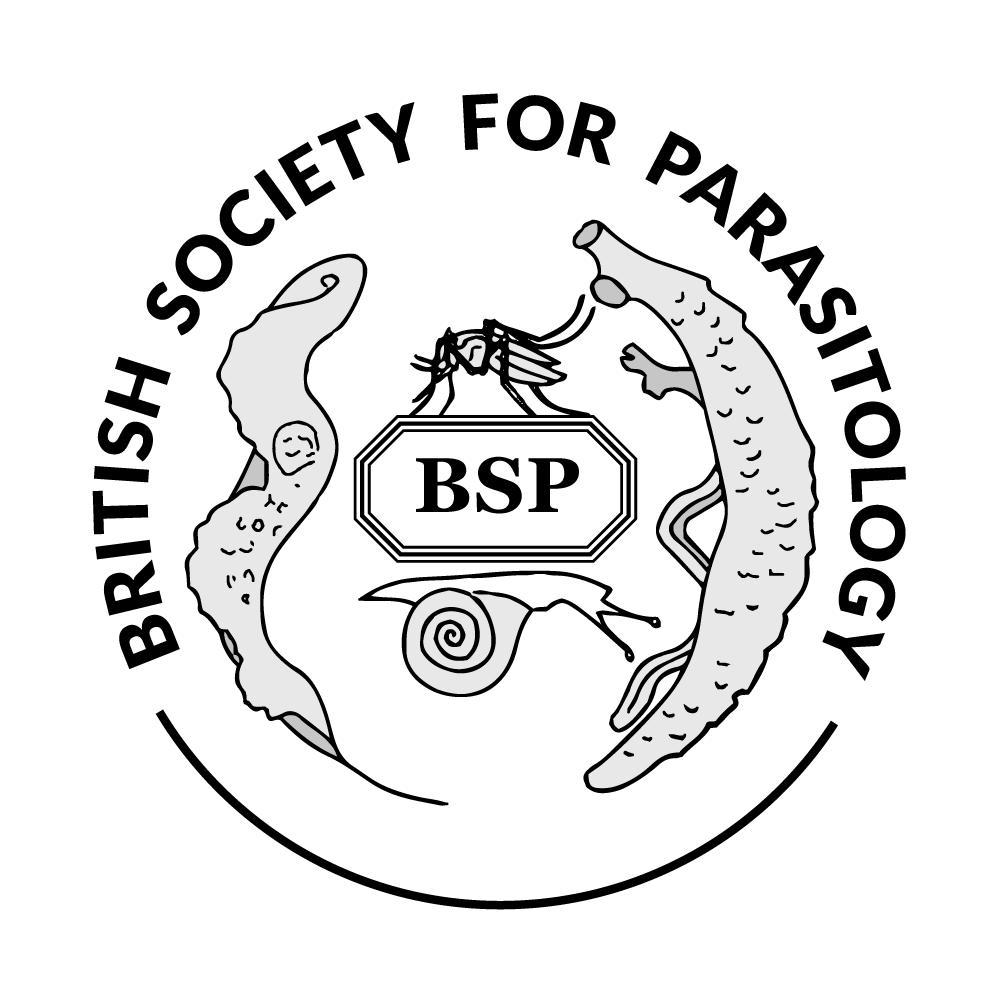Discussion
The cattle filarial nematode Onchocerca ochengi is a well-established model for the study of human onchocerciasis, the causative agent of which is O. volvulus. Despite the immune competence of their cattle or human hosts, both Onchocerca spp. typically survive for many years in close proximity to host-derived inflammatory and immune cells. One multi-functional protein superfamily which may aid worm survival through their potential for immunomodulatory product production and/or detoxification of drugs and host-derived immunochemical attack are the glutathione transferases (GSTs). O. volvulus GST1 (OvGST1) is a novel GST found in O. volvulus and is similar to GST (OoGST1) found in O. ochengi, both of which are novel in being the only GSTs shown to date as glycosylated. However, the structure and functions of the glycosylation are still largely unknown and yet to be elucidated through different biochemical techniques.
Here,
O. ochengi GSTs were purified through a two-step affinity chromatography approach, prior to proteomic and enzymatic investigations to resolve, characterise and unravel the structure of native OoGST1 glycans modifications. Bioinformatics analysis revealed the mature OoGST1 protein is potentially
N-glycosylated at five different sites. Phylogenetic analysis confirmed the OoGST1 protein is most closely related to
O. volvulus GST1b protein and that all three known glycosylated sigma class GSTs from
O. volvulus and
O. ochengi are clustered. Mass spectrometry analysis revealed the OoGST1 glycans are mainly composed of paucimannose glycans and also contain a hybrid-type glycan. Lectin-affinity blot analysis confirmed these results by illustrating the presence of both mannosylated and fucosylated glycans in the purified GST sample. Finally, recombinant unglycosylated OoGST1 protein was successfully sub-cloned, expressed and purified using an
Escherichia coli expression system for use in future comparative analysis.

